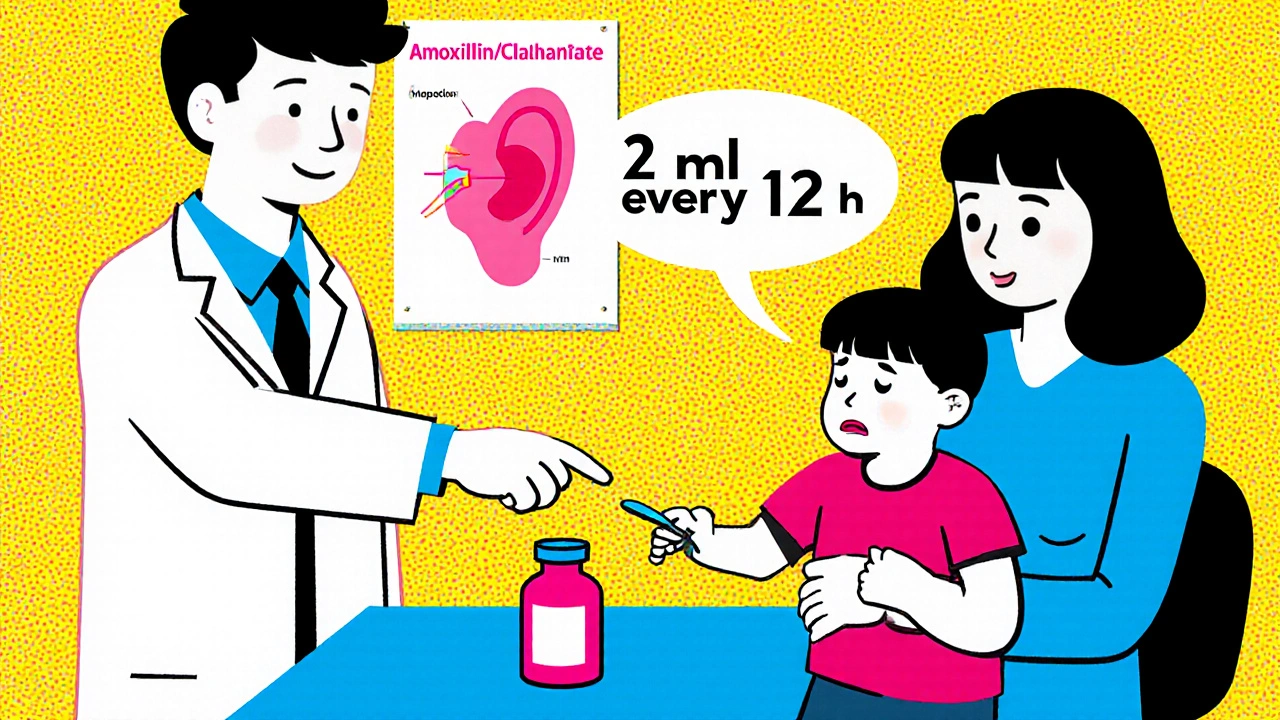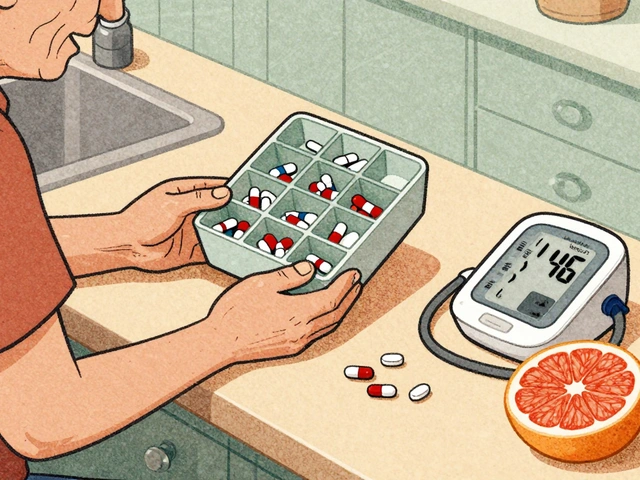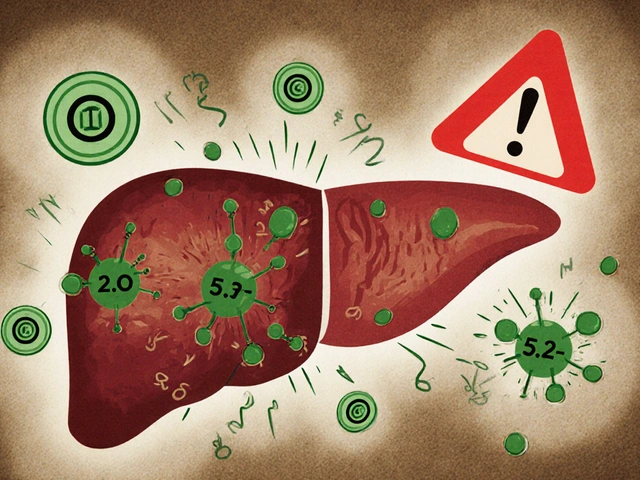Clavulanic Acid: What It Is, How It Works, and Why It Matters in Antibiotics
When you hear clavulanic acid, you might think of a side note on a prescription label—but it’s actually a quiet hero in the fight against antibiotic resistance. Clavulanic acid, a beta-lactamase inhibitor that blocks enzymes bacteria use to destroy penicillin-type antibiotics. Also known as clavulanate, it doesn’t kill bacteria on its own. Instead, it teams up with antibiotics like amoxicillin to keep them working when they’d otherwise be useless. Without clavulanic acid, many common infections—like sinusitis, ear infections, or skin abscesses—would be harder to treat because bacteria have evolved ways to neutralize antibiotics.
This is where amoxicillin clavulanate, the most common combination drug containing clavulanic acid. Also known as Augmentin, it’s one of the most prescribed antibiotic combos worldwide comes in. Bacteria produce enzymes called beta-lactamases that cut apart penicillin and similar drugs. Clavulanic acid acts like a shield, binding to those enzymes so the antibiotic can do its job. It’s not magic—it’s biochemistry. And it’s why your doctor might choose this combo over plain amoxicillin when an infection isn’t improving.
Clavulanic acid also connects to bigger problems like penicillin resistance, a growing global threat where bacteria no longer respond to first-line antibiotics. When resistance spreads, we lose tools. Clavulanic acid helps us hold the line. It’s not a new drug—it’s been around since the 1980s—but its role is more critical than ever. You’ll find it in oral tablets, liquid suspensions for kids, and even IV forms in hospitals. It’s used for everything from dental infections to pneumonia, especially when there’s a chance the bug is hiding behind those enzyme shields.
What you won’t find is clavulanic acid sold alone. It’s always paired—usually with amoxicillin, sometimes with ticarcillin or other penicillins. That’s because it only works as a helper. If you’re prescribed amoxicillin clavulanate, you’re getting two drugs in one pill: one to kill bacteria, one to protect the killer. This combo saves lives where single antibiotics fail. And while side effects like diarrhea or nausea can happen, they’re usually mild compared to the risk of an untreated infection.
Looking at the posts here, you’ll see how this small molecule ties into bigger health stories—like antibiotic comparisons, drug interactions, and resistance patterns. You’ll find guides on how clavulanic acid fits alongside other antibiotics like doxycycline or azithromycin, why some people need it and others don’t, and how it stacks up against newer options. Whether you’re managing a recurring infection, wondering why your doctor switched your prescription, or just trying to understand what’s in your medicine cabinet, this collection gives you real, practical answers—not just textbook definitions.










